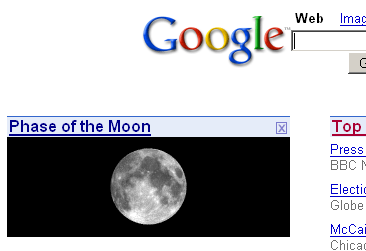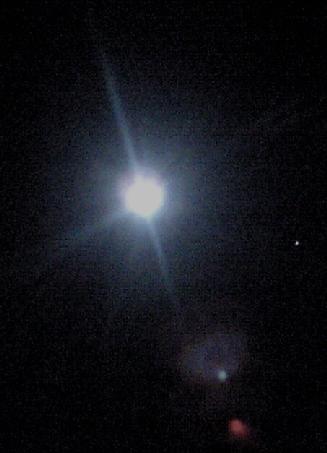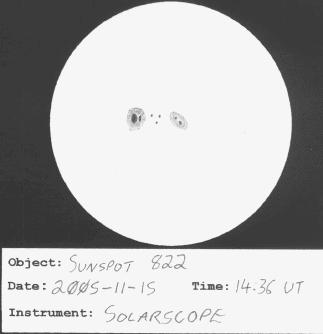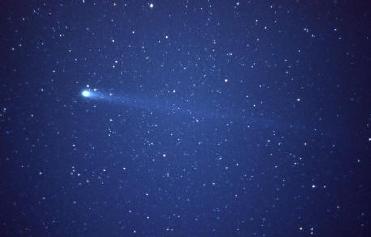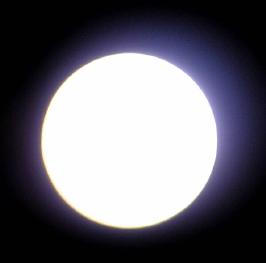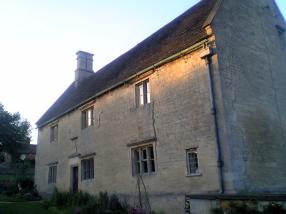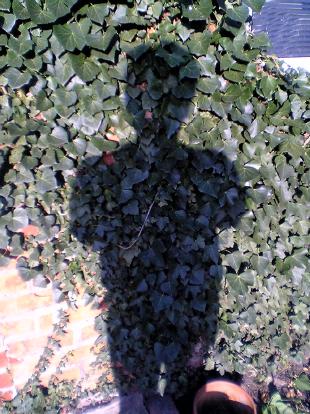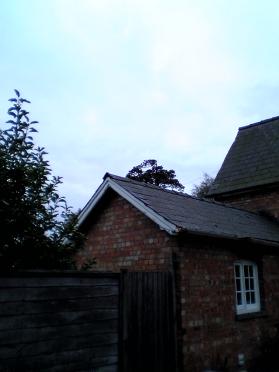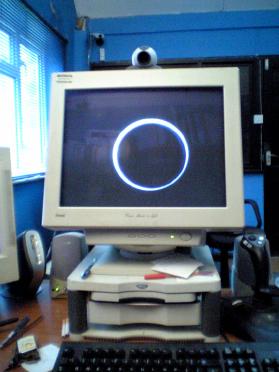Yesterday, when I wrote "What's the point?", I had to pause for thought for a short while after writing the following:
for the vast majority of hobbyist observers there's little to no chance that you're actually going to do any "real science" or actually discover anything
The reason for the pause was that I was concerned that some people might get the wrong impression, that they might think I was suggesting that it's difficult or even impossible for your average amateur astronomer to contribute something useful to the field of astronomy.
Eventually I decided that it should be obvious what it was I was driving at and decided that the text was fine as it was. At one point I did write a parenthetical remark to qualify what I meant but I decided that it wasn't really needed.
Seems I was wrong.
When I got to my desk this morning I found
two comments pointing out that amateur astronomers
can make contributions. "Ok," I thought, "I suppose it's a point that needs to be made anyway, amateur astronomers can and do make contributions too and I suppose that my wording was clumsy and I should probably have left the qualification of the remark in there."
Still, at least the authors of the two comments I got seemed to have understood the main thrust of my article.
But worse was to come.
I then went on to catch up with the
astronomy blogs I like to read. Imagine my horror when I got to
this article on the excellent
Astronomy Blog and found my article linked to via the text:
a post about it being difficult for amateur astronomers to contribute to real science
Having a couple of comments that addressed a point I wasn't making was bad enough; having my post held up as an example on such a popular blog was even more worrying.
Ok, I hold my hands up and admit to the error. I shouldn't have posted that article without qualifying what I meant. The wording was clumsy and open to misreading.
Let me try and clarify what it was I was trying to say: What I had in mind was the sort of person who probably wrote the letter to
Astronomy Now that I mentioned. I imagine that the author of the letter was a lot like me in terms of
available equipment, available time and in terms of practical experience.
I
wasn't saying that a person in that position
can't make contributions to astronomy, far from it. I wasn't even trying to suggest that it's difficult for them to make contributions. What I was trying to point out is that I could, to some degree, sympathise with the source of the "What's the point?" frustration. The simple fact of the matter is that a lot of people generally don't start out with the time (and time's important here, please don't forget to take that into account) to engage in even the simplest of contributions and, because of that, such contributions generally won't be one of the factors in motivating someone to drag themselves outside and into the cold and the dark (or even into the warm and not-so-dark during summer). Having shown that I could sympathise with the question that was asked, I then went on to point out that — for me at least — the motivation for getting outside came from the enjoyment there was to be had in conducting my own little experiments, in getting to know my own equipment, in expanding my own experience and in the simple joy of learning something.
In other words: I wasn't saying that it's difficult for your average person in their back garden to make contributions. I was saying that the chance of making contributions to astronomy in general doesn't need to be a motivating factor — contributing to your own knowledge and experience is what initially counts.
Here's hoping that I've clarified what I was trying to say. I've got an awful feeling that I might actually have opened a can of worms instead...
File Under: Amateur Astronomy, Observational Astronomy.
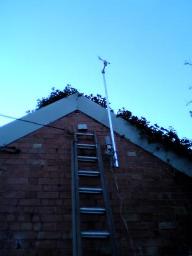 Over the weekend I finally had the time to install my
Over the weekend I finally had the time to install my 